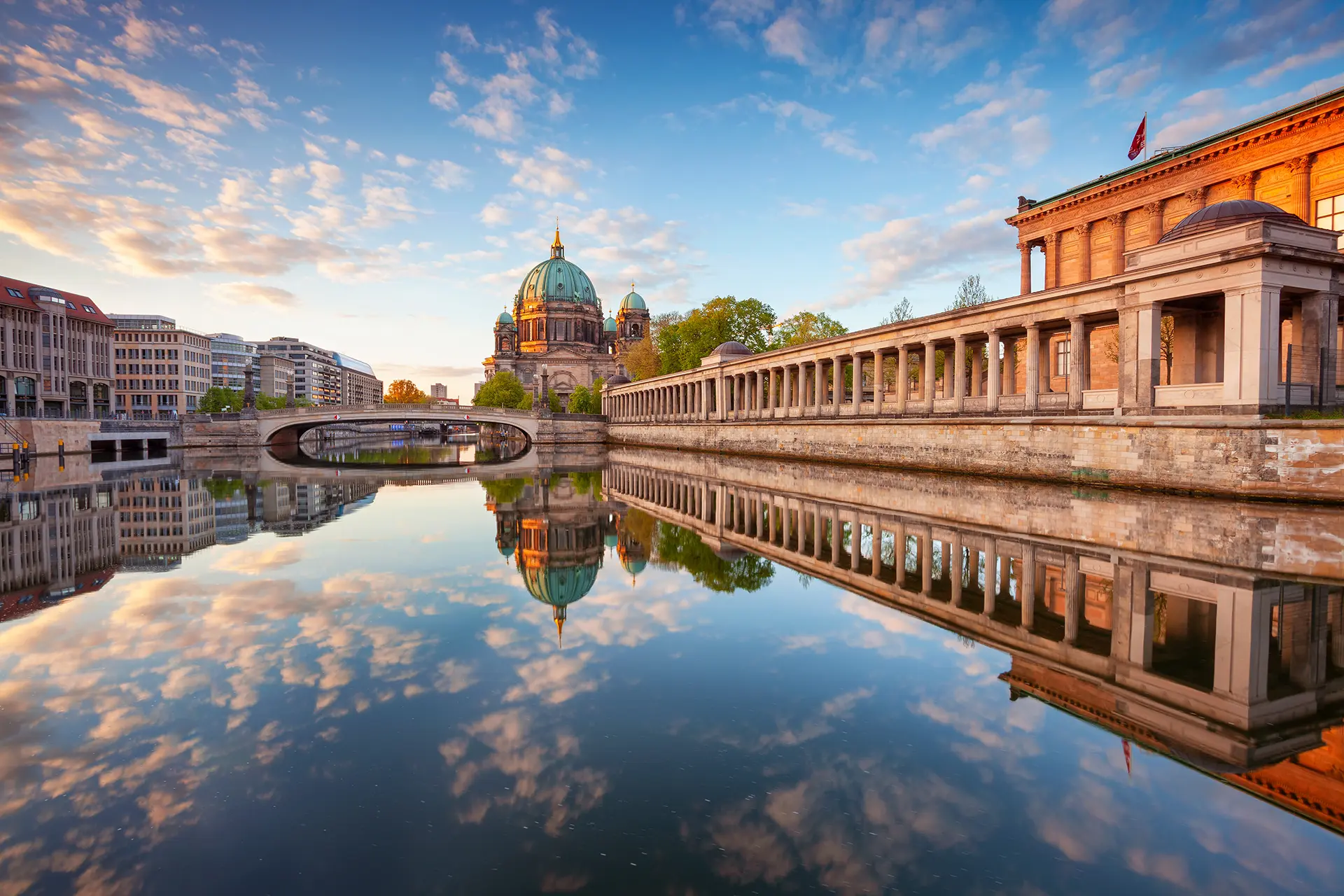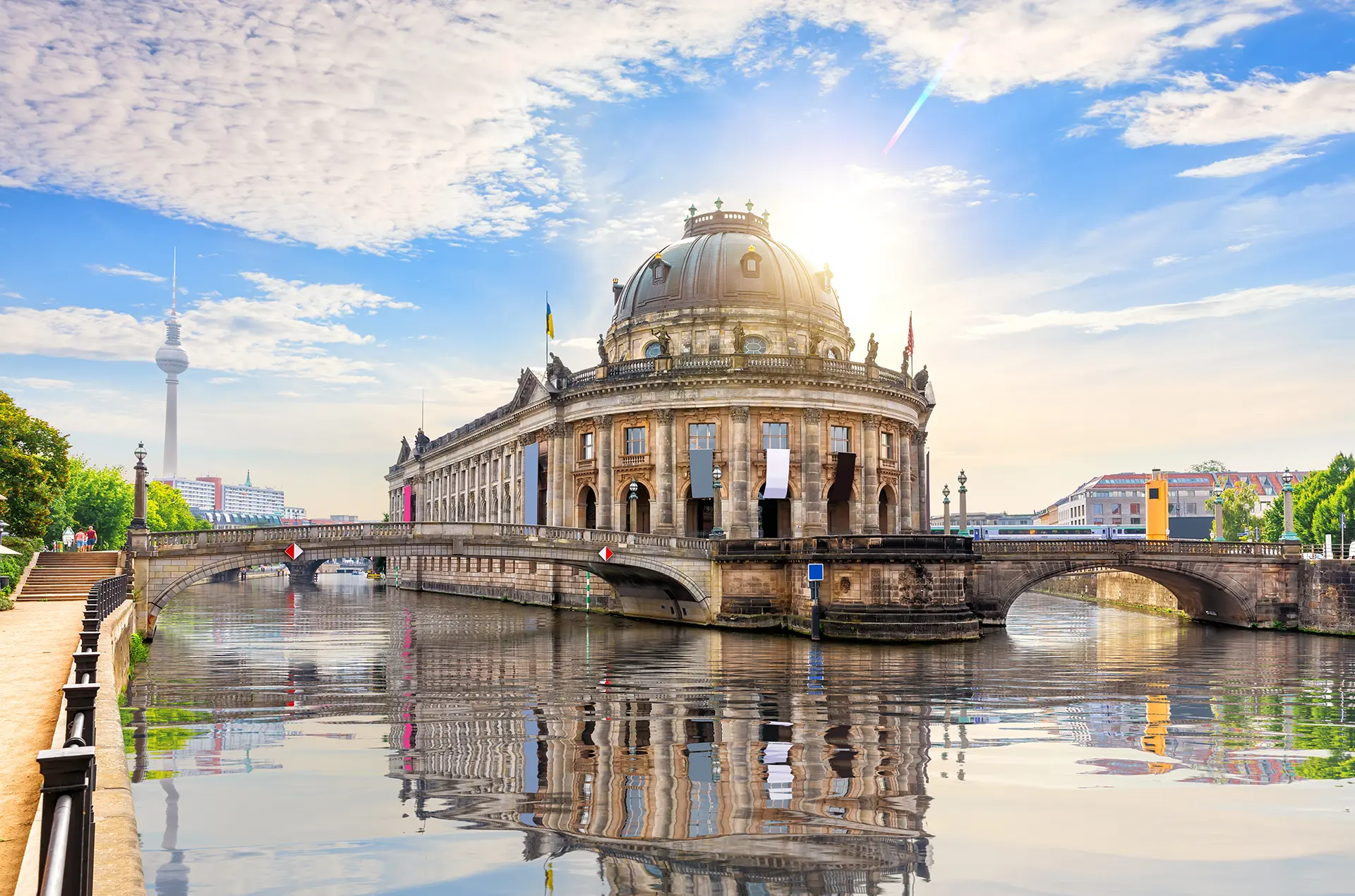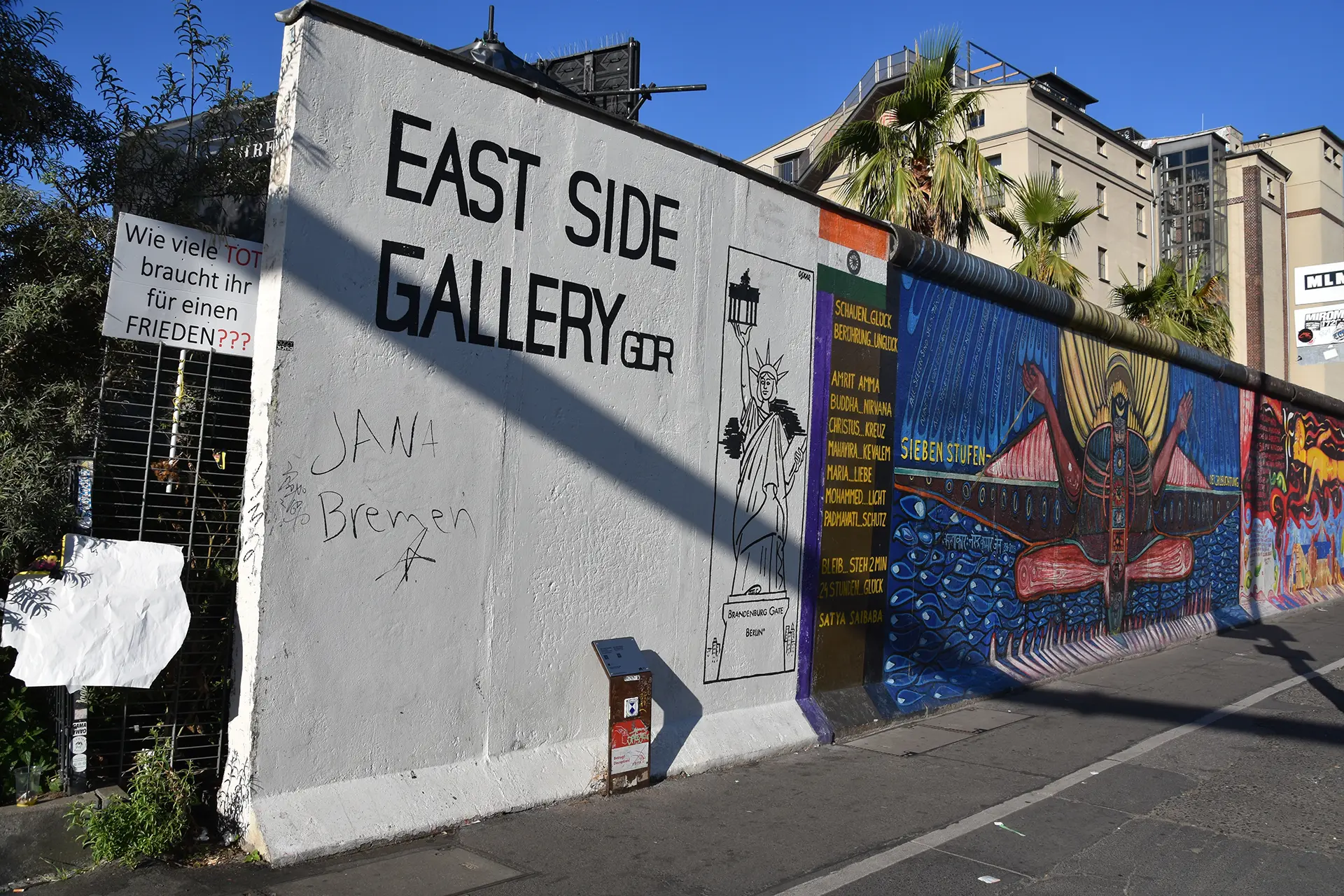Berlin the trendsetter
Be it sightseeing or trendy nightlife, galleries or gastronomy, music or fashion - the German capital always has something to offer.
What exactly makes Berlin so appealing? It is the diversity, the wide variety of contrasts and the sheer inexhaustible range of options that keep visitors flocking to Berlin from all over the world.
Berlin is the capital and largest city of Germany with 3.7 million inhabitants. Is a world city of culture, politics, media and science.
Berlin is home to world-renowned universities such as the Humboldt University, the Technical University, the Free University.
Tourism figures have more than doubled within the last ten years. Berlin has become the third-most-visited city destination in Europe.
So much to discover!
Explore the city
Some of the most visited places in Berlin include:
Brandenburg Gate, Potsdamer Platz, Berlin Cathedral, Berlin Television Tower, Alexanderplatz, Holocaust Memorial, Berlin wall, the East-Side Gallery.
Brandenburg Gate
Symbol of German reunification
Brandenburg Gate is the first stop for every visitor to Berlin! The city’s iconic landmark offers fascinating insights into the city’s history.

Potsdamer Platz
Typically Berlin – and yet quite different
From an empty wasteland to a popular shopping and nightlife district: Potsdamer Platz in the heart of the city.
Two angels walk across a large grey square, a huge empty wasteland in the middle of the city, with only a wall standing in the middle of nowhere.

Berlin Cathedral
The monumental Cathedral Church in Berlin is a major attraction – a richly decorated church interior, fascinating history and impressive architecture.
The Hohenzollern crypt should be accessible from Spring 2026.

Berlin Television Tower
Symbol of the German capital, the television tower is an important landmark in Berlin: built during the GDR era, it now symbolises the entire city. The Berlin TV Tower on Alexanderplatz in Berlin-Mitte is the tallest publicly accessible building in Europe at a total of 368 metres. But it is more than that. From its viewing platform, you have a spectacular 360-degree view of the entire city.

Alexanderplatz
Germany’s largest square. Alexanderplatz has always been one of the liveliest places in Berlin, with shops, cinemas, restaurants, and many attractions within walking distance.

Museum Island Berlin
The UNESCO World Heritage Site in Berlin’s historic Mitte
A unique ensemble of buildings on Spreeinsel (Spree Island) in the heart of Berlin. It encompasses five large Berlin museums built under the Prussian rulers as well as a reception and exhibition building, the James Simon Gallery.

Holocaust Memorial
The Memorial to the Murdered Jews of Europe is better known as the Holocaust Memorial by most Berliners. Opened in May 2005, the memorial in Berlin-Mitte is located near the Brandenburg Gate and is one of the city's most impressive sights.

Berlin Wall
The 155-kilometer-long Berlin Wall, which cut through the middle of the city center, surrounded West Berlin from August 13, 1961 to November 9, 1989. The Wall was designed to prevent people from escaping to the West from East Berlin. In 1961, the Socialist Unity Party of Germany (SED) began adding additional obstacles to the border, expanding the Wall into a complex multi-layered system of barriers. In the West, the border strip was referred to as the “death strip” because so many people were killed there while trying to escape. In 1989, the Wall that the SED had used for so long to maintain its power in the GDR, fell. With the fall of the Wall, the dictatorship came to its definitive end.
East Side Gallery
After the German reunification, artists have turned this former stretch of the Berlin Wall into the largest open-air gallery in the world.
Hardly any Berlin visitors leave the city without taking a selfie in front of the East Side Gallery. The 1.3-kilometer stretch of the Berlin Wall was painted by various artists after the German reunification. The former gray dividing wall, a symbol of the Iron Curtain, was turned into the longest open-air gallery in the world. With their creative wall paintings, artists transformed the relic from times of separation into a colourful monument to the freedom of expression.

